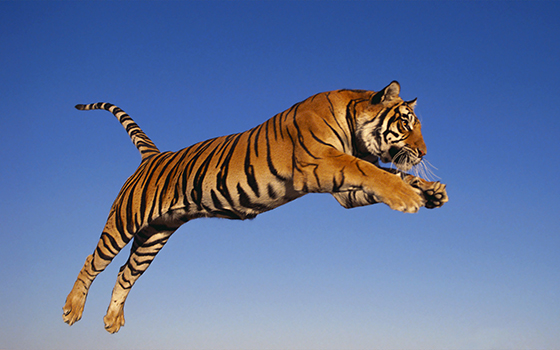Cosplay, a portmanteau of “gown play,” has advanced from a gap culture right into a colourful phenomenon influencing multiple aspects of the amusement industry. Originating in technology fiction conventions and anime gatherings, cosplay has grown exponentially, impacting fashion layout, film production, marketing strategies, or even social media tendencies.
The upward thrust of cosplay can be traced back to its roots in fandom subculture in which fanatics meticulously recreate characters from their favored media, be it comic books, video video games, or movies. This willpower frequently involves intricate costume introduction processes that require talents corresponding to those of expert designers and seamstresses. As a end result, cosplay has fostered a network where people with various innovative skills can show off their craftsmanship.
In latest years, the influence of cosplay on style design has been profound. high-stop fashion houses have taken suggestion from iconic person designs, main to collaborations among designers and famous franchises. these partnerships often result in limited version collections that attraction each to hardcore fans and mainstream customers. for example, Louis Vuitton’s collaboration with japanese artist Takashi Murakami included anime aesthetics into luxurious fashion, demonstrating how cosplay-inspired elements can transcend their popular culture origins.

The leisure enterprise additionally recognizes the marketing ability of cosplay. film studios and production agencies regularly interact cosplayers for promotional occasions and product launches. via leveraging the ardour and visibility of the cosplay network, these agencies can generate buzz and excitement around upcoming releases. moreover, the practice of incorporating actors who are professional cosplayers in roles related to famous culture similarly blurs the traces among conventional appearing and performance artwork.
Cosplay has additionally made giant inroads into social media platforms like Instagram and TikTok. Influencers and content creators frequently put up images and videos of their contemporary creations, garnering thousands and thousands of likes and stocks. This not handiest amplifies their reach however also introduces cosplay to new audiences who may additionally otherwise be unusual with the idea. The visually putting nature of cosplay makes it especially enticing within the digital age, where compelling visual content material is paramount.

furthermore, the instructional effect of cosplay cannot be understated. Many colleges and establishments now provide courses in costume design and computer graphics, prompted through the demand created by this growing interest. those packages provide students with arms-on experience in growing certain costumes, that is precious for careers in theater, movie, and tv.
In conclusion, cosplay has transformed from a simple hobbyist activity right into a vast cultural force within the amusement enterprise. Its influence spans across various domain names inclusive of fashion, advertising, social media, and training. because the trend continues to advantage momentum, it will probable hold reshaping the panorama of famous lifestyle in unexpected and interesting ways.